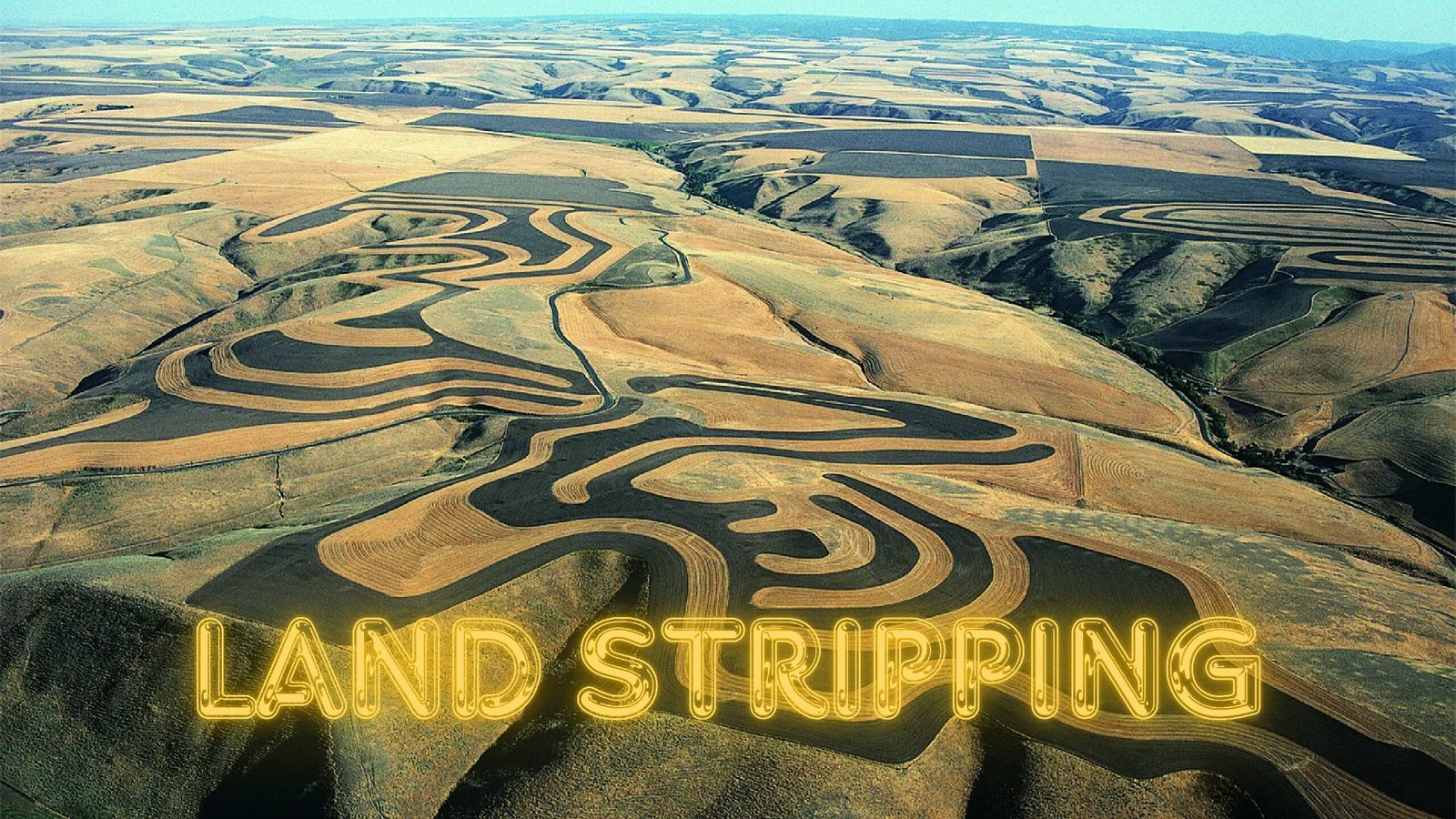Introduction
land stripping a practice commonly associated with mining and deforestation, involves the removal of surface layers of soil and vegetation to access the resources underneath. This method, while economically beneficial for extracting minerals and creating agricultural space, has significant environmental and social consequences. This article delves into the practice of land stripping, its purposes, and its far-reaching impacts.
The Process of Land Stripping
Land stripping involves several steps, each contributing to its overall environmental footprint. The process typically begins with the clearing of vegetation and topsoil. Heavy machinery such as bulldozers and excavators are used to remove trees, shrubs, and other plant life. The topsoil, which is rich in nutrients and organic matter, is often stripped away, rendering the land bare and susceptible to erosion.
Economic Benefits
The primary economic benefit of land stripping is resource extraction. In mining, for example, land stripping allows for the removal of overburden to access valuable minerals such as coal, gold, and copper. This method can be more cost-effective than underground mining, as it often requires less labor and fewer resources.
In agriculture, land stripping can create new farmland, particularly in regions where arable land is scarce. This can lead to increased food production and economic growth. Additionally, stripped land can be used for urban development, providing space for infrastructure and housing.
Environmental Impacts
Despite its economic advantages, land stripping has severe environmental consequences. The removal of vegetation and topsoil leads to habitat destruction, which threatens biodiversity. Many species lose their homes and food sources, leading to declines in wildlife populations.
Soil erosion is another major concern. Without vegetation to anchor the soil, wind and water can carry away the topsoil, leading to reduced soil fertility and increased sedimentation in waterways. This sedimentation can harm aquatic ecosystems and reduce water quality.
Land stripping also contributes to climate change. Trees and plants play a crucial role in sequestering carbon dioxide from the atmosphere. When these plants are removed, the carbon stored in them is released, contributing to greenhouse gas emissions.
Social Implications
The social implications of land stripping are profound, particularly for communities that rely on the land for their livelihoods. In many cases, indigenous and local communities are displaced from their lands to make way for mining or agricultural projects. This displacement can lead to loss of culture, traditions, and social structures.
Moreover, the environmental degradation caused by land stripping can have long-term effects on food and water security. As soil fertility declines and water sources become polluted, local communities may struggle to sustain themselves.
Mitigation and Sustainable Practices
To mitigate the negative impacts of land stripping, several strategies can be employed. Reclamation and rehabilitation of stripped land are essential. This involves restoring the topsoil, replanting vegetation, and creating conditions that allow ecosystems to recover. Companies can also implement more sustainable extraction methods that minimize land disturbance.
Involving local communities in decision-making processes and ensuring they benefit from resource extraction projects can help address social issues. Environmental regulations and policies that promote sustainable practices and hold companies accountable for their environmental footprint are also crucial.
Conclusion
land stripping while economically beneficial in certain contexts, poses significant environmental and social challenges. Understanding these impacts is crucial for developing more sustainable practices and policies that balance economic needs with environmental and social responsibilities. By prioritizing reclamation, sustainable extraction, and community involvement, it is possible to mitigate the adverse effects of land stripping and work towards a more sustainable future.

